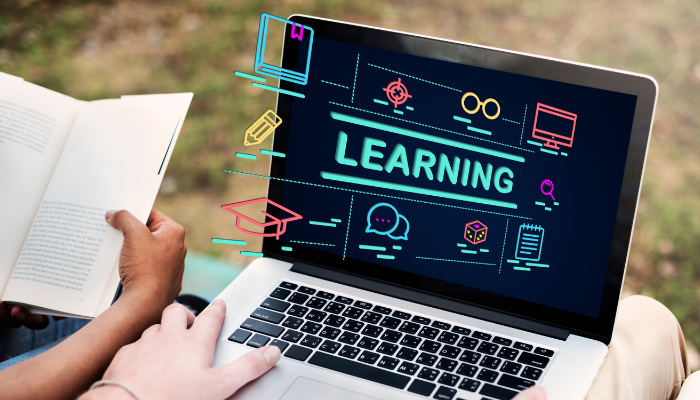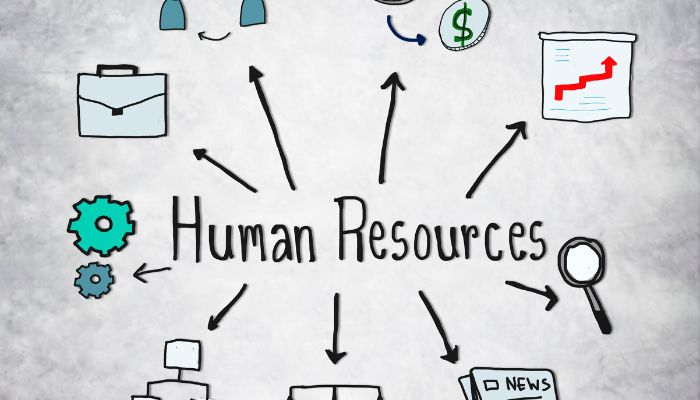The concept of learning agility has seen a tremendous increase in its popularity over the last few years. Learning agility comes as a blessing for HR professionals. It helps HR professionals hire and develop talent with great potential and hire leaders to take an organization to the next level. It has been found that continuous learning is essential in making leaders fulfil the responsibilities that they are supposed to.
But, to make the most of it, organizations and HR need to understand what learning agility is and why it is crucial. They also need to know whether it is an inherent ability or a skill that can be nurtured. HR professionals need to look at learning agility from a completely different perspective and figure out what they need to do. Hire people who already have it or can develop it without much effort. And it is also crucial for HR professionals and organizations to know how they can evaluate candidates on learning agility.
You might also be interested to read: Upskilling And Reskilling: How Companies Must Stay Relevant
What is learning agility?
In essence, it is an ability, a mindset that makes leaders and employees continue on the path of development and growth by acquiring new skills, learning about new tools and technologies, and embracing new ways of working. This helps them prepare themselves in advance to deal with the complex problems they face in the future.
With this approach and mindset, they don’t depend on a single solution for all the problems they come across. Instead, they have a complete toolbox that they can turn to bring out the right solution for a particular situation. Companies that don’t have leaders and employees who are unwilling to learn and develop are less likely to become agile in the time to come.
Why is continuous learningimportant?
Leaders with learning agility are more likely to have the leadership skills required to succeed than those without it. Ideal leaders know how to manage disruption and adapt to the changing business environment. In other words, successful leaders are resilient, adaptable, and innovative. That is why many people put learning agility even above education and intelligence to indicate a leader’s success. Learning agility provides leaders with the much-needed quality to unlearn traditional and unsuccessful methods and practices and learn newer and more effective ones.
Learning agility dimensions
Organizations and HR professionals need to know how to select leaders and employees with learning agility. Here are a few key dimensions that will separate learning agile people from the rest:
- Mental agility: It gives an individual the ability to focus on learning about things they don’t already know. It is also essential to provide them with a new and more developed perspective on different things. These individuals are honest enough to admit that there are things that they know very little or nothing about and that they are willing to learn those. A mentally agile person will ask more questions than others and listen to answers very carefully.
- Self-awareness: Before they begin learning anything, employees must be aware of where they currently stand and what would benefit them the most. Self-aware people are always looking for feedback from their colleagues, managers, and other people they work with. They accept everything the person is telling them and are willing to work on that feedback to improve themselves. Learning agility has a lot to do with change. However, those that know little about themselves are less likely to see whether they need to change or not.
- People agility: This dimension helps people to understand people better, irrespective of their background, culture, or any other differentiator. It implants the best of diversity and inclusion in the workforce. So, people are more open to listening to people, knowing about them and their cultures, and keeping prejudices aside to see the best in others. Disagreements are considered a part of a relationship.
- Change agility: Some people just don’t want to change. Those with learning agility are happy to change and transform themselves according to requirements. They understand that changing themselves gives them a better chance to improve and stay relevant for longer. These individuals are always looking forward to the future and preparing themselves to cope with the challenges it is expected to bring.
- Results agility: An individual who is focused on results is the easiest one to identify. And these people not only push themselves to achieve goals and help others overcome their respective challenges and get results.
There are other components as well that differentiate learning agile people from others. A couple of those include information gathering and collaboration. But before anything else, organizations need to start considering an important enough competency. To have changemakers and future leaders, organizations need to develop a way to measure this skill in candidates during the recruitment process. In addition to having a proven learning agility assessment tool in place, organizations also need to assess a candidate’s cognitive ability (closely related to learning agility) and their ability to adapt.
References:
- Learning Agility: What HR Professionals Need to Know | AIHR | Neelie Verlinden
- Learning Agility: What It Is and How to Assess It | Harver | Olaf Korsten | September 1, 2020
You might also be interested to read:






